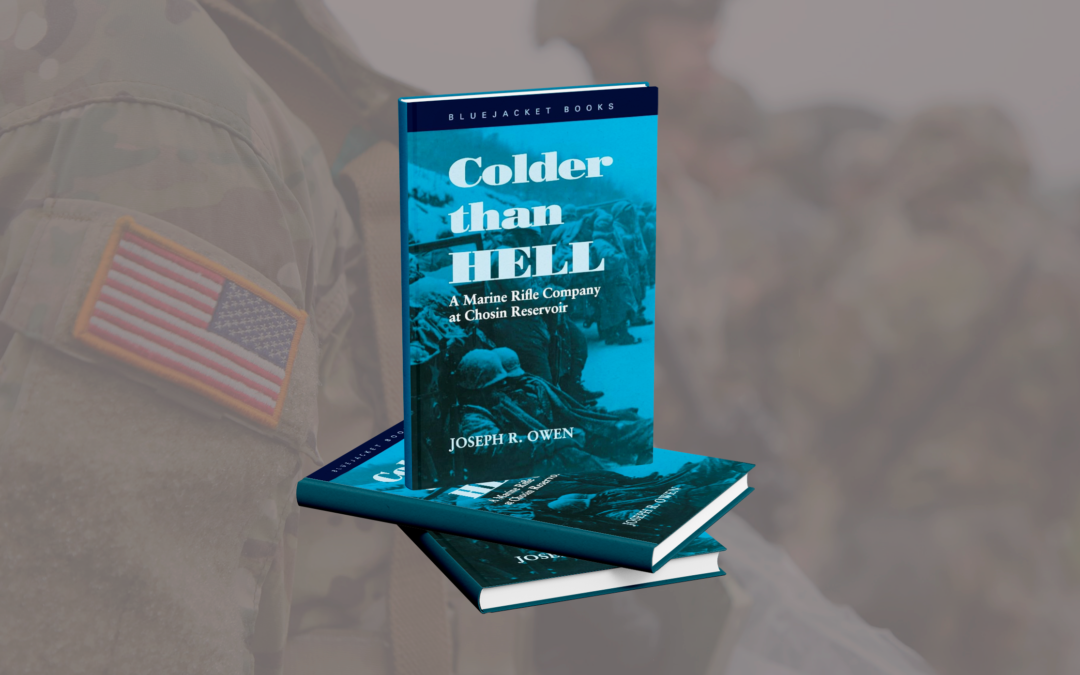While today's definition of chivalry places a moral emphasis on social virtues, the medieval sense of chivalry guided knights both in and out of combat, especially in their interactions with women. There was a good reason for orders of knights to introduce such a code of conduct: their heavily armored mounted troops needed to be reined in the unrestrained violence they inflicted on civilian populations. The Chivalry of Medieval Knights: Myths and Mercenaries In the modern day, we tend to...










